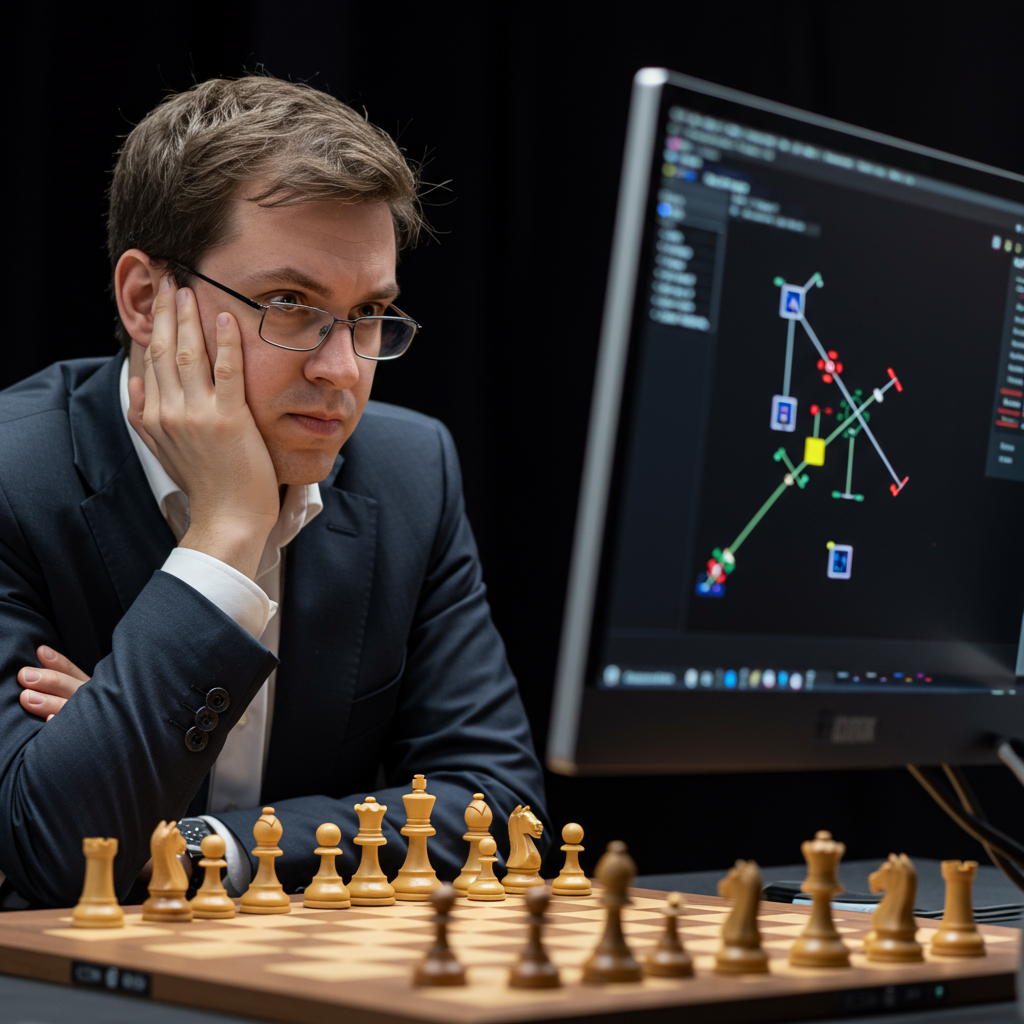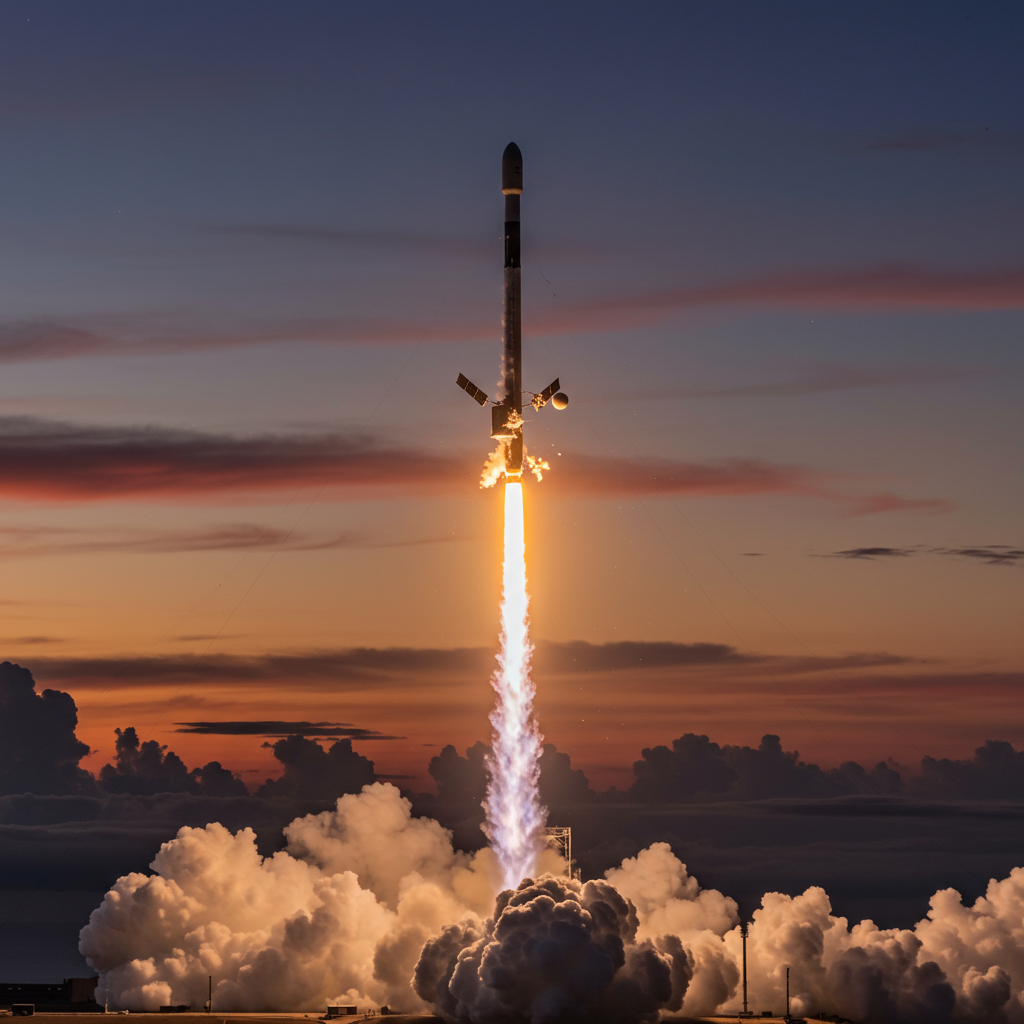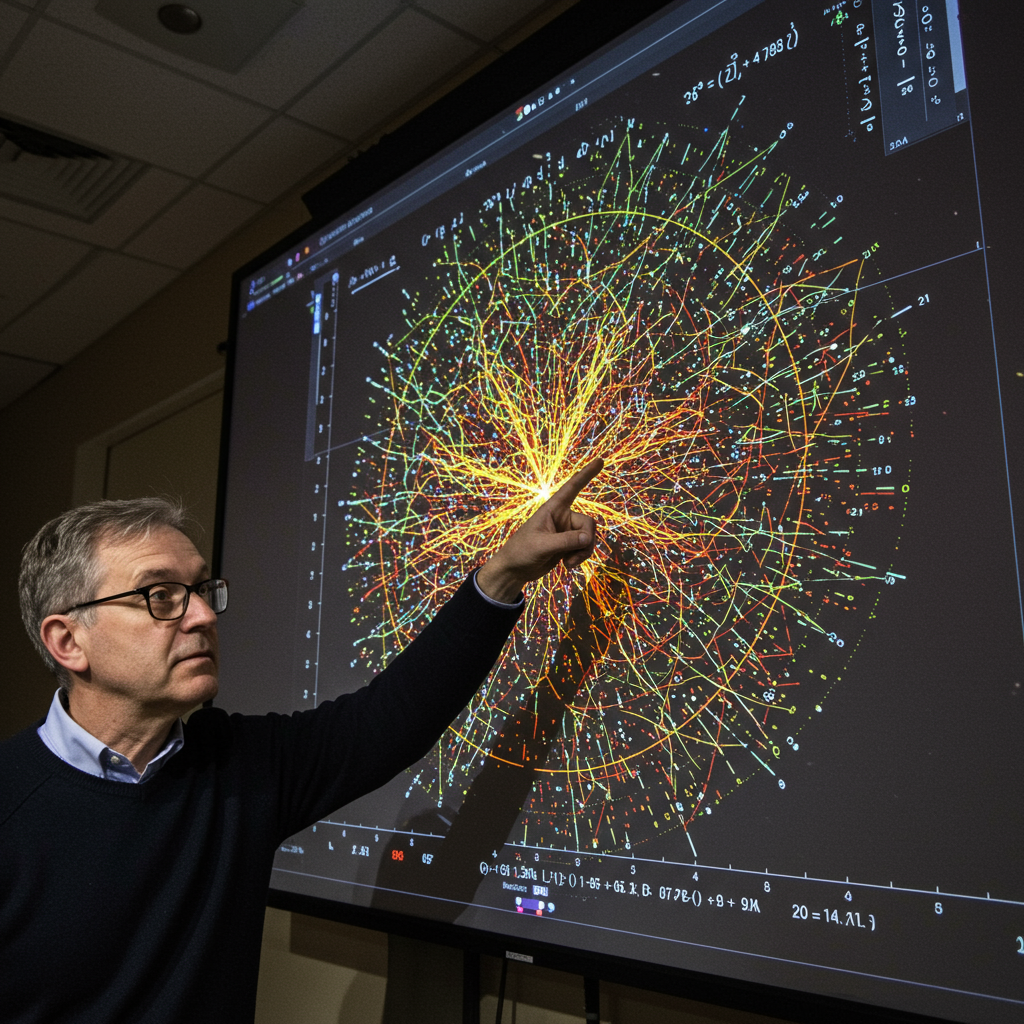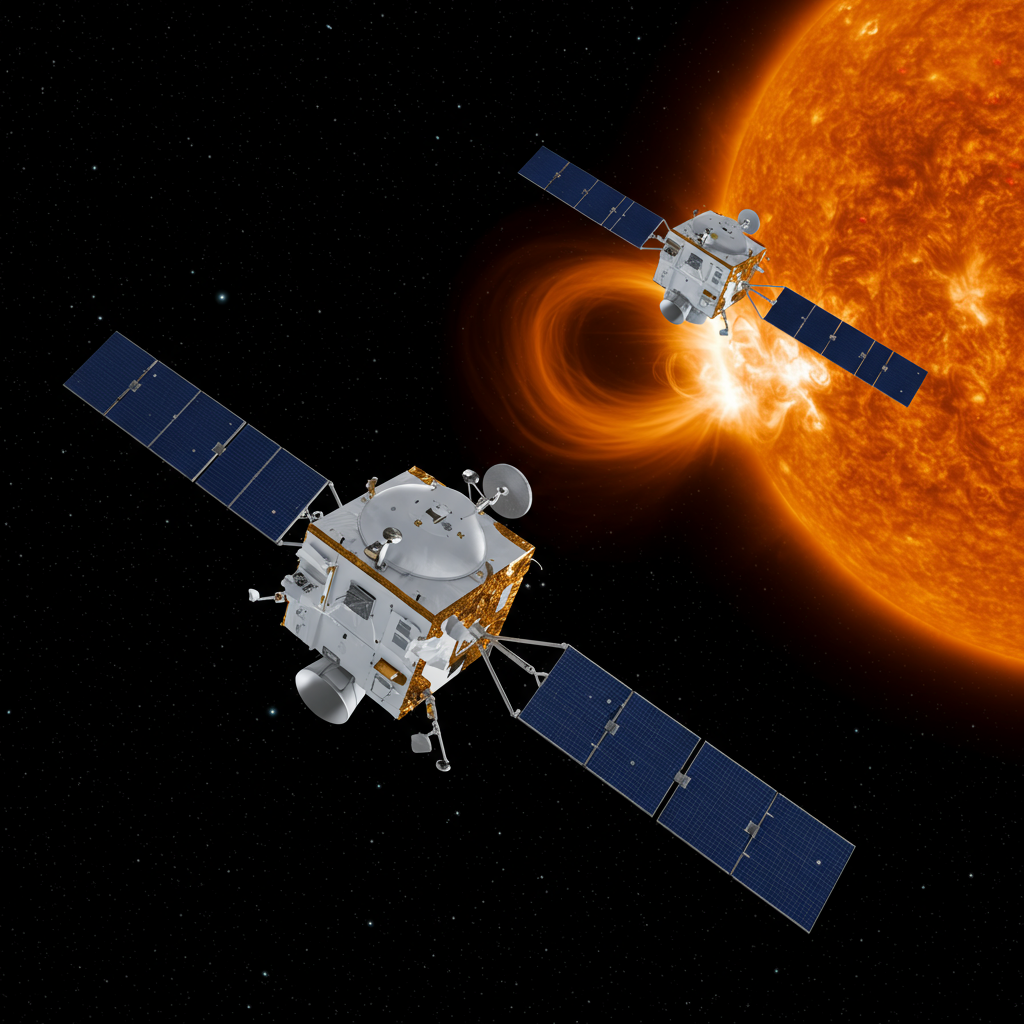A global chess grandmaster stared, disbelief etched across his face, when a computer revealed a winning move hidden deep within a complex variation. “No way,” he reacted, bewildered that such a critical play had eluded his elite human perception. This astonishing moment transcends the chessboard, igniting profound questions about the very nature of intelligence: How do humans and artificial intelligence perceive, process, and problem-solve so differently? This article delves into the fascinating divide between human intuition and AI’s computational power, exploring what it truly means to be intelligent.
The Grandmaster’s Blind Spot: A Chess Enigma
Imagine being one of the best human chess players on Earth, capable of calculating countless moves and understanding intricate strategic nuances. Yet, in a crucial moment, a seemingly “impossible” winning move, one that felt utterly alien, failed to register. This isn’t an isolated incident; it’s a recurring theme when human masters confront advanced chess engines like Stockfish or AlphaZero. The grandmaster’s “blind spot” wasn’t a lack of skill but a fundamental difference in cognitive approach.
Human Heuristics: Intuition and Shortcuts
Humans operate on intuition, relying heavily on heuristics and pattern recognition. Our brains are incredibly efficient at spotting familiar configurations and applying learned shortcuts. This allows for rapid decision-making in complex situations, often leading to brilliant insights without explicit, step-by-step calculation. For instance, a chess grandmaster might “feel” a position is strong or weak based on years of experience, instantly recognizing patterns that suggest specific strategies.
However, this reliance on shortcuts also creates vulnerabilities. Cognitive biases can subtly influence our perceptions, leading us to overlook possibilities outside our learned frameworks. The grandmaster, accustomed to typical tactical motifs, might simply not look for a move so counter-intuitive or deeply hidden that it defies conventional human understanding. Our brain conserves energy by not performing exhaustive calculations for every single possibility. This makes us incredibly adaptive but occasionally prone to missing the unconventional.
AI’s Unwavering Logic: Brute Force and Beyond
In stark contrast, artificial intelligence, especially in fields like chess, operates on a fundamentally different principle. Early chess computers relied heavily on brute-force calculation, evaluating millions of positions per second to find the optimal move. While modern AI, particularly those powered by deep learning and reinforcement learning (like AlphaZero), transcend pure brute force, they still benefit from the sheer speed and unwavering precision of computation.
Computational Irreducibility: The Unpredictable Frontier
AI doesn’t “feel” or intuit; it calculates. It explores branches of possibilities far deeper and wider than any human mind ever could. An AI can systematically evaluate every move, every counter-move, and every subsequent position to a depth unattainable by humans. This allows it to uncover “impossible” moves that might only reveal their brilliance after many steps, a depth that overwhelms human working memory. This systematic approach, however, also raises questions about computational irreducibility. Some complex systems or problems may not have shortcuts; their future states can only be determined by running them forward, step-by-step. This implies that even for an AI, some answers might simply require exhaustive computation rather than elegant insight.
Is Intelligence Just Memory and Calculation? A Deeper Look
The grandmaster’s reaction prompts a profound philosophical debate: Does the AI’s success imply intelligence is merely an aggregate of vast memory and relentless computation? While these elements are crucial, defining intelligence solely by them oversimplifies its true nature. Human intelligence encompasses creativity, emotional understanding, abstract reasoning, and the ability to adapt to entirely novel situations without pre-programmed rules. AI excels in defined, rule-bound systems like chess but struggles with the ambiguity and open-endedness of real-world problems that humans navigate effortlessly.
The Role of Knowledge and Category Theory
Human intelligence isn’t just about processing raw data; it’s about forming conceptual frameworks, understanding relationships, and categorizing information. This is where concepts like category theory, from mathematics, become relevant. It offers a way to describe structures and relationships between different kinds of mathematical objects. In cognitive terms, humans naturally build such internal “categories” of knowledge, allowing for generalization and abstraction. While AI can build complex internal representations (like neural networks), the nature of its understanding, and its ability to connect disparate fields of knowledge, remains a subject of ongoing research and debate. Human knowledge is often hierarchical and relational, allowing for intuitive leaps and cross-domain insights.
Can Humans “Train” Like AI? Bridging the Gap
Given the AI’s superior calculation, can humans somehow train to “see” these impossible moves? While we can’t match AI’s raw processing speed, understanding its methods offers insights for human cognitive enhancement. We can:
Diversify our training: Expose ourselves to more unconventional problems and solutions.
Embrace analytical tools: Use AI as a training partner, reviewing our games and analyzing positions with powerful engines to identify our blind spots.
Challenge assumptions: Actively question our initial intuitive judgments and explore lines we might dismiss.
Focus on systematic exploration: For specific, critical problems, try to emulate AI’s methodical, deep-dive analysis, even if on a smaller scale.
Lessons Beyond the Board: Life’s Complexities
The lessons from the chessboard extend far beyond games. Many areas in life, from scientific discovery to economic forecasting, exhibit similar themes of complexity, computational irreducibility, and the interplay between human heuristics and systematic analysis. Understanding these differences helps us appreciate both the strengths and limitations of human and artificial intelligence. It underscores the value of human intuition for navigating uncertainty and ambiguity, while highlighting AI’s power for precision and scale in well-defined domains. The future likely involves a synergistic partnership, where human insight guides AI’s computational prowess, leading to breakthroughs neither could achieve alone.
Frequently Asked Questions
What are the core differences between human heuristics and AI algorithms in problem-solving?
Human heuristics involve intuitive shortcuts, pattern recognition, and experience-based decision-making, allowing for rapid, flexible responses but sometimes leading to cognitive biases or overlooked solutions. Conversely, AI algorithms, particularly in fields like chess, rely on systematic, often exhaustive, computation and pattern learning from vast datasets, enabling them to discover optimal solutions that might be hidden to human intuition. While humans leverage experience for efficiency, AI leverages processing power for depth and consistency.
What implications does computational irreducibility have for understanding AI limitations?
Computational irreducibility suggests that some complex systems cannot be predicted or solved faster than they unfold, meaning there are no “shortcuts” to understanding their future states. For AI, this implies that even with immense processing power, certain problems may still require direct simulation or step-by-step calculation rather than elegant algorithmic solutions. It highlights a fundamental limit to prediction and optimization, even for the most advanced AI, suggesting that raw computation might always be necessary for some tasks.
Can humans significantly improve their ability to “see” complex solutions like AI, and how?
While humans cannot match AI’s raw computational speed, we can certainly improve our ability to analyze and “see” deeper solutions. This involves actively challenging our intuitive biases, using AI analysis tools to identify our blind spots and learn new patterns, and dedicating time to systematic, deep-dive analysis in critical situations. By understanding how AI operates and leveraging its capabilities as a training partner, humans can refine their analytical skills and expand their cognitive horizons, enhancing their problem-solving in complex scenarios.
Conclusion
The grandmaster’s moment of astonishment reveals a profound truth: intelligence is not a monolithic entity. It manifests in diverse forms, from the human art of intuitive pattern recognition and heuristic shortcuts to the AI’s unparalleled computational depth and systematic analysis. While humans grapple with complexity through elegant mental models and selective focus, AI navigates it through relentless exploration of possibilities. Neither approach is inherently superior; rather, they are complementary. The ongoing dialogue between human and artificial intelligence, sparked by moments like that fateful chess game, promises to deepen our understanding of cognition, knowledge, and the boundless potential of problem-solving in an increasingly complex world.




